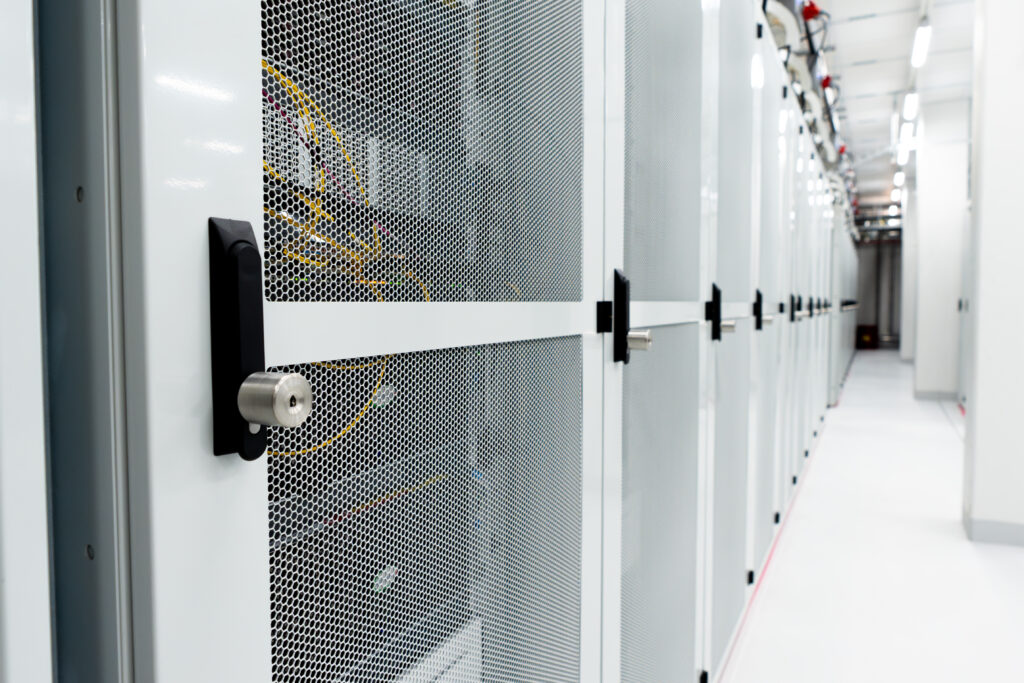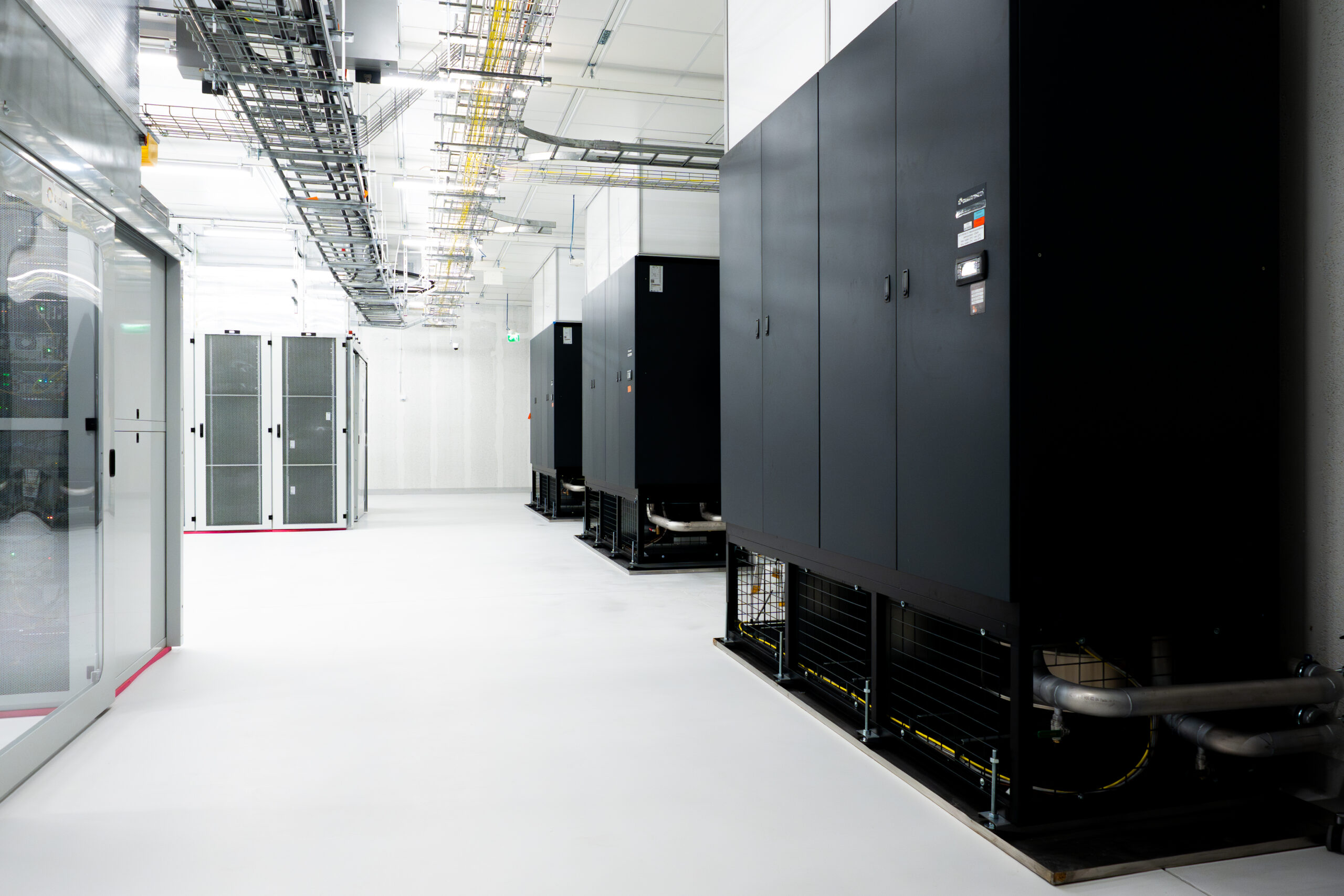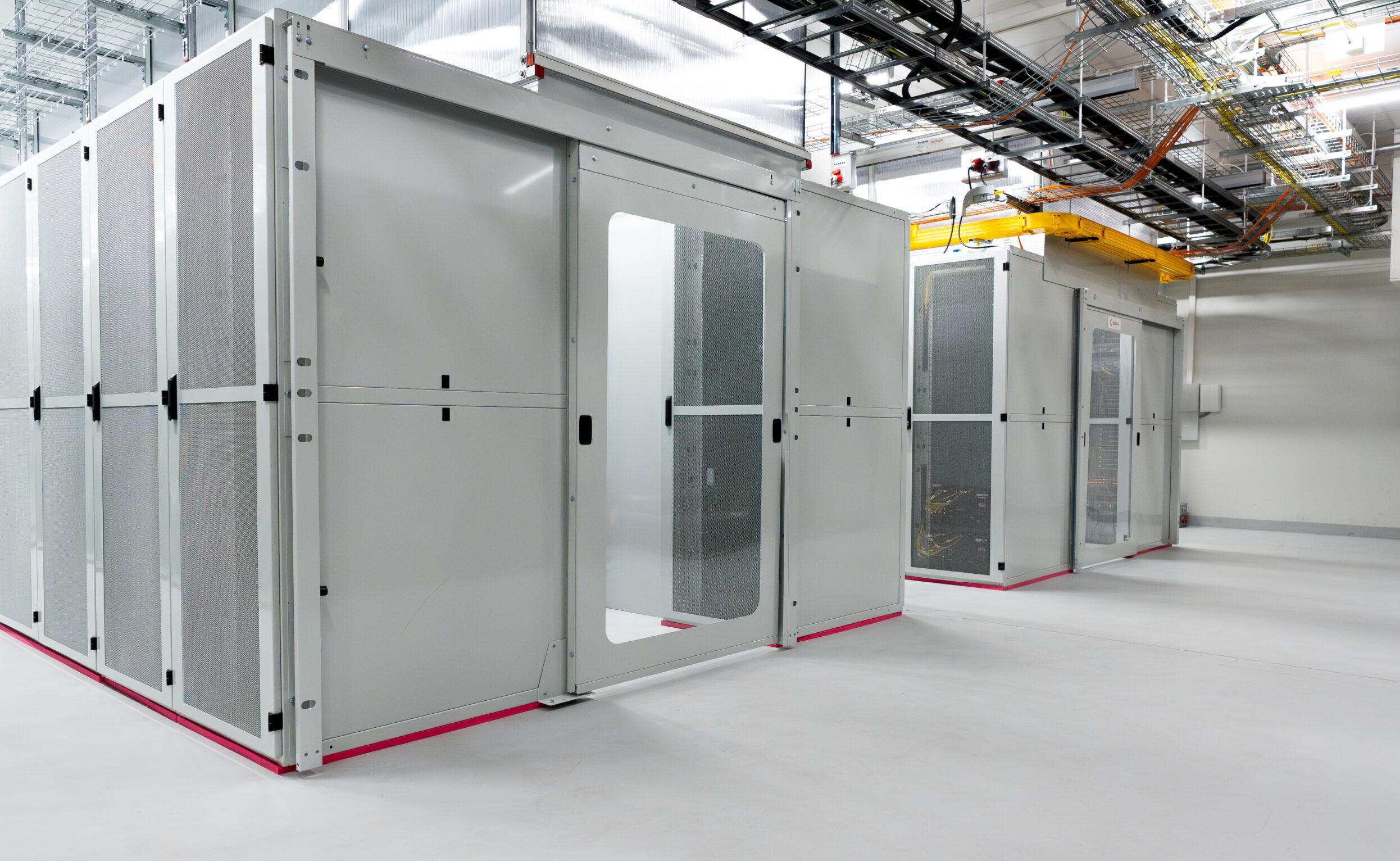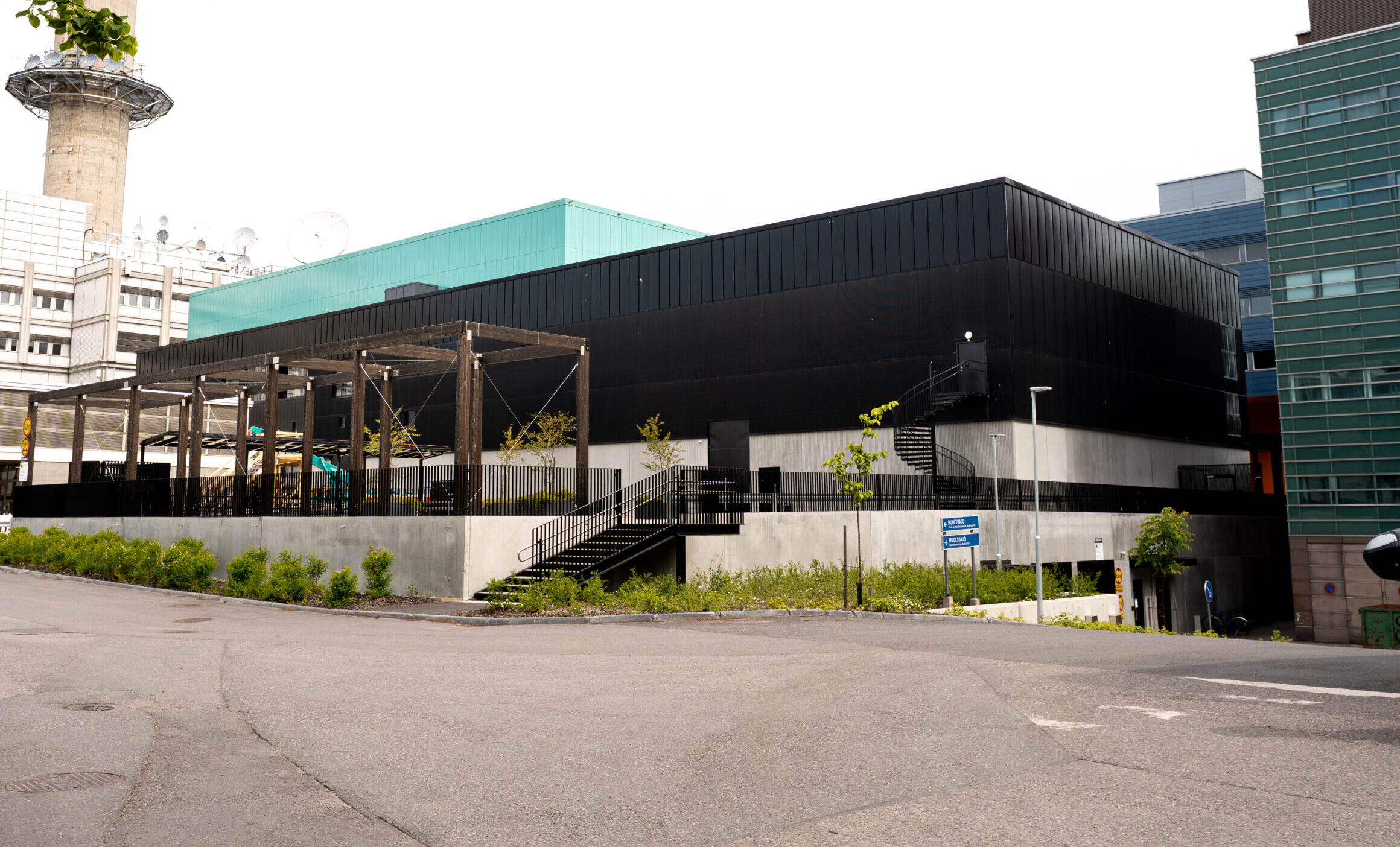The Four Main Types of Data Centers – and Why Colocation and Edge Are Shaping the Future
The world’s digital infrastructure depends on data centers. From cloud services to streaming and real-time applications, data must be processed securely, reliably, and closer than ever to end-users. Broadly speaking, there are four main types of data centers: Enterprise, Colocation, Cloud, and Edge.
At Digita, we see first-hand how organizations in Finland and beyond are rethinking their digital strategies. While each model has unique strengths, colocation and edge solutions are rapidly becoming the foundation for a more connected, sustainable, and scalable digital future.


1. Enterprise Data Centers
Definition: Privately owned and operated by a single organization.
Characteristics: Tailored for specific business needs, with strict focus on security, compliance, and customization. Enterprise facilities can be costly to build and maintain, requiring large upfront investments.
Use Cases: Best suited for large corporations with deep resources and highly specific infrastructure requirements.

2. Colocation Data Centers
Definition: Shared facilities where organizations lease space for their IT hardware.
Characteristics: Colocation offers state-of-the-art infrastructure, redundant power, advanced cooling, and physical security – all without the heavy capital expense of building a private facility. Businesses maintain control of their servers while benefiting from the provider’s reliable and scalable environment.
Digita’s Advantage: Our carrier-neutral colocation data centers in Finland provide organizations with a secure and energy-efficient platform to grow. Strategically located and connected to international networks, Digita’s facilities are ideal for companies that value resilience, cost-efficiency, and sustainability.

3. Cloud Data Centers
Definition: Virtualized computing, storage, and services delivered over the internet.
Characteristics: Highly scalable and flexible, enabling organizations to pay only for what they use. Public, private, and hybrid models offer different levels of control and customization.
Use Cases: Ideal for companies that need agility and global reach. However, many businesses complement cloud with colocation or edge solutions to balance performance, security, and cost.

4. Edge Data Centers
Definition: Small, localized facilities placed closer to end-users and data sources.
Characteristics: By processing data at the network’s edge, latency is dramatically reduced, ensuring real-time responsiveness for critical applications.
Digita’s Advantage: With our nationwide broadcasting and telecom infrastructure, Digita is uniquely positioned to deploy edge data centers across Finland. These facilities bring computing power closer to users—supporting emerging technologies like IoT, 5G, AI, and immersive media. This ensures businesses can deliver next-generation services with the speed and reliability customers expect.

Why Digita?
While all four types of data centers have their place, the future lies in hybrid strategies, where colocation and edge play a central role. Digita combines robust colocation facilities, edge capabilities, and unparalleled nationwide network coverage to help organizations scale securely, sustainably, and efficiently.
By choosing Digita, businesses gain more than infrastructure—they gain a trusted partner committed to resilience, innovation, and long-term growth.
Digita provides the backbone for Finland’s digital society. Ready to take your IT infrastructure to the next level? Discover our colocation and edge solutions today.